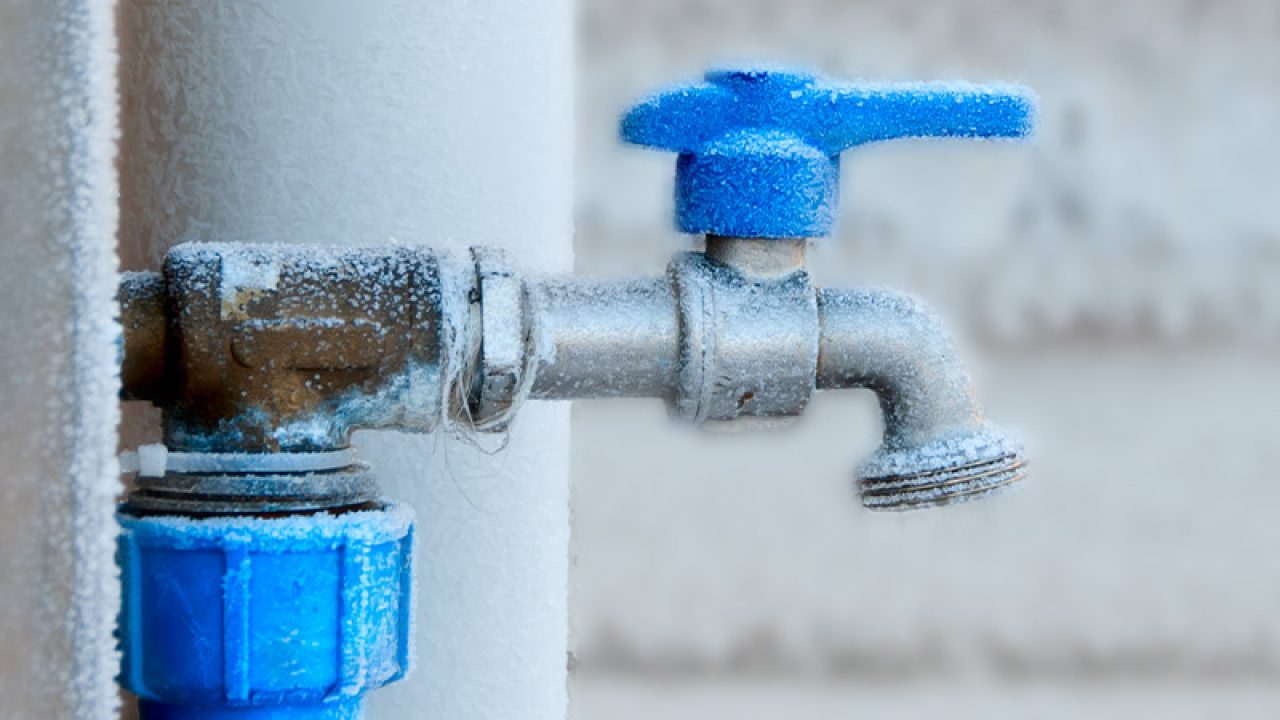How to Prevent Frozen Pipes in Winter: Professional Guidance
How to Prevent Frozen Pipes in Winter: Professional Guidance
Blog Article
In this article down the page you can locate a good deal of superb answers in regards to How to prepare your home plumbing for winter weather.

Winter can damage your plumbing, specifically by freezing pipes. Right here's how to avoid it from happening and what to do if it does.
Introduction
As temperatures decline, the risk of frozen pipelines boosts, possibly causing costly fixings and water damage. Understanding exactly how to avoid frozen pipelines is important for home owners in cold climates.
Recognizing Icy Pipelines
What creates pipes to freeze?
Pipes ice up when subjected to temperatures listed below 32 ° F (0 ° C) for prolonged durations. As water inside the pipes ices up, it expands, putting pressure on the pipe walls and possibly creating them to rupture.
Threats and problems
Icy pipelines can result in water supply interruptions, residential or commercial property damage, and expensive repair services. Burst pipelines can flooding homes and cause extensive architectural damage.
Indications of Frozen Piping
Determining frozen pipes early can stop them from breaking.
Just how to determine frozen pipes
Seek decreased water flow from taps, unusual smells or sounds from pipelines, and visible frost on exposed pipelines.
Prevention Tips
Protecting prone pipelines
Wrap pipelines in insulation sleeves or utilize warmth tape to safeguard them from freezing temperature levels. Focus on pipelines in unheated or outside areas of the home.
Heating methods
Keep interior areas adequately heated, especially locations with plumbing. Open closet doors to permit cozy air to distribute around pipes under sinks.
Shielding Outdoor Plumbing
Garden hoses and outdoor taps
Disconnect and drain pipes garden tubes prior to winter months. Install frost-proof spigots or cover outside faucets with protected caps.
What to Do If Your Pipes Freeze
Immediate activities to take
If you believe frozen pipelines, keep faucets available to ease stress as the ice thaws. Use a hairdryer or towels soaked in warm water to thaw pipelines slowly.
Long-Term Solutions
Structural adjustments
Consider rerouting pipelines away from outside walls or unheated locations. Include extra insulation to attics, cellars, and crawl spaces.
Updating insulation
Buy high-quality insulation for pipes, attic rooms, and walls. Correct insulation assists preserve consistent temperature levels and reduces the danger of icy pipes.
Verdict
Protecting against icy pipelines requires proactive actions and fast reactions. By comprehending the causes, signs, and preventive measures, house owners can protect their pipes during winter.
5 Ways to Prevent Frozen Pipes
Drain Outdoor Faucets and Disconnect Hoses
First, close the shut-off valve that controls the flow of water in the pipe to your outdoor faucet. Then, head outside to disconnect and drain your hose and open the outdoor faucet to allow the water to completely drain out of the line. Turn off the faucet when done. Finally, head back to the shut-off valve and drain the remaining water inside the pipe into a bucket or container. Additionally, if you have a home irrigation system, you should consider hiring an expert to clear the system of water each year.
Insulate Pipes
One of the best and most cost-effective methods for preventing frozen water pipes is to wrap your pipes with insulation. This is especially important for areas in your home that aren’t exposed to heat, such as an attic. We suggest using foam sleeves, which can typically be found at your local hardware store.
Keep Heat Running at 65
Your pipes are located inside your walls, and the temperature there is much colder than the rest of the house. To prevent your pipes from freezing, The Insurance Information Institute suggests that you keep your home heated to at least 65 degrees, even when traveling. You may want to invest in smart devices that can keep an eye on the temperature in your home while you’re away.
Leave Water Dripping
Moving water — even a small trickle — can prevent ice from forming inside your pipes. When freezing temps are imminent, start a drip of water from all faucets that serve exposed pipes. Leaving a few faucets running will also help relieve pressure inside the pipes and help prevent a rupture if the water inside freezes.
Open Cupboard Doors
Warm your kitchen and bathroom pipes by opening cupboards and vanities. You should also leave your interior doors ajar to help warm air circulate evenly throughout your home.

I found that write up on How to prepare your home plumbing for winter weather while doing a lookup on the web. Sharing is caring. You never know, you might be helping someone out. Thank-you for going through it.
Source Report this page